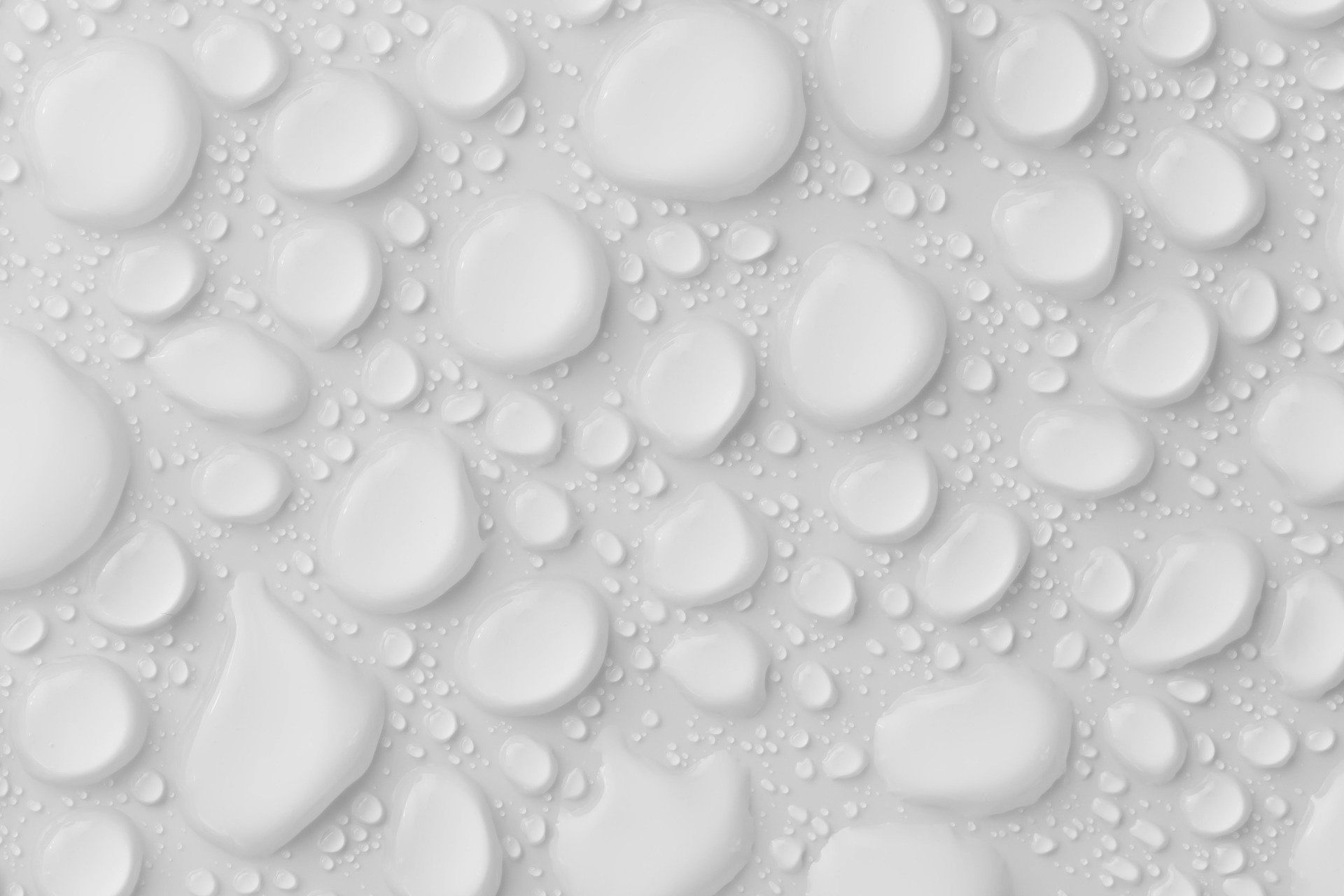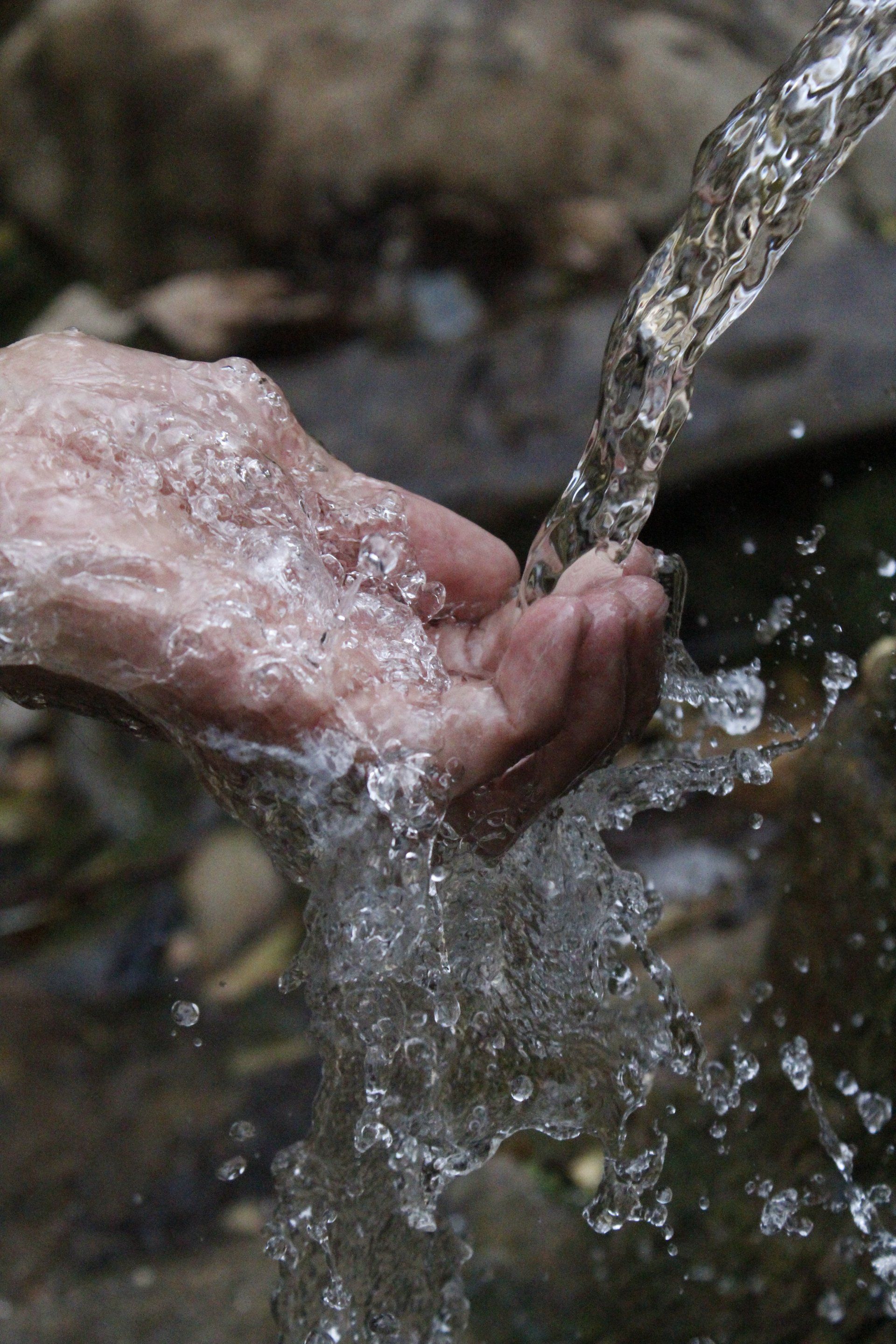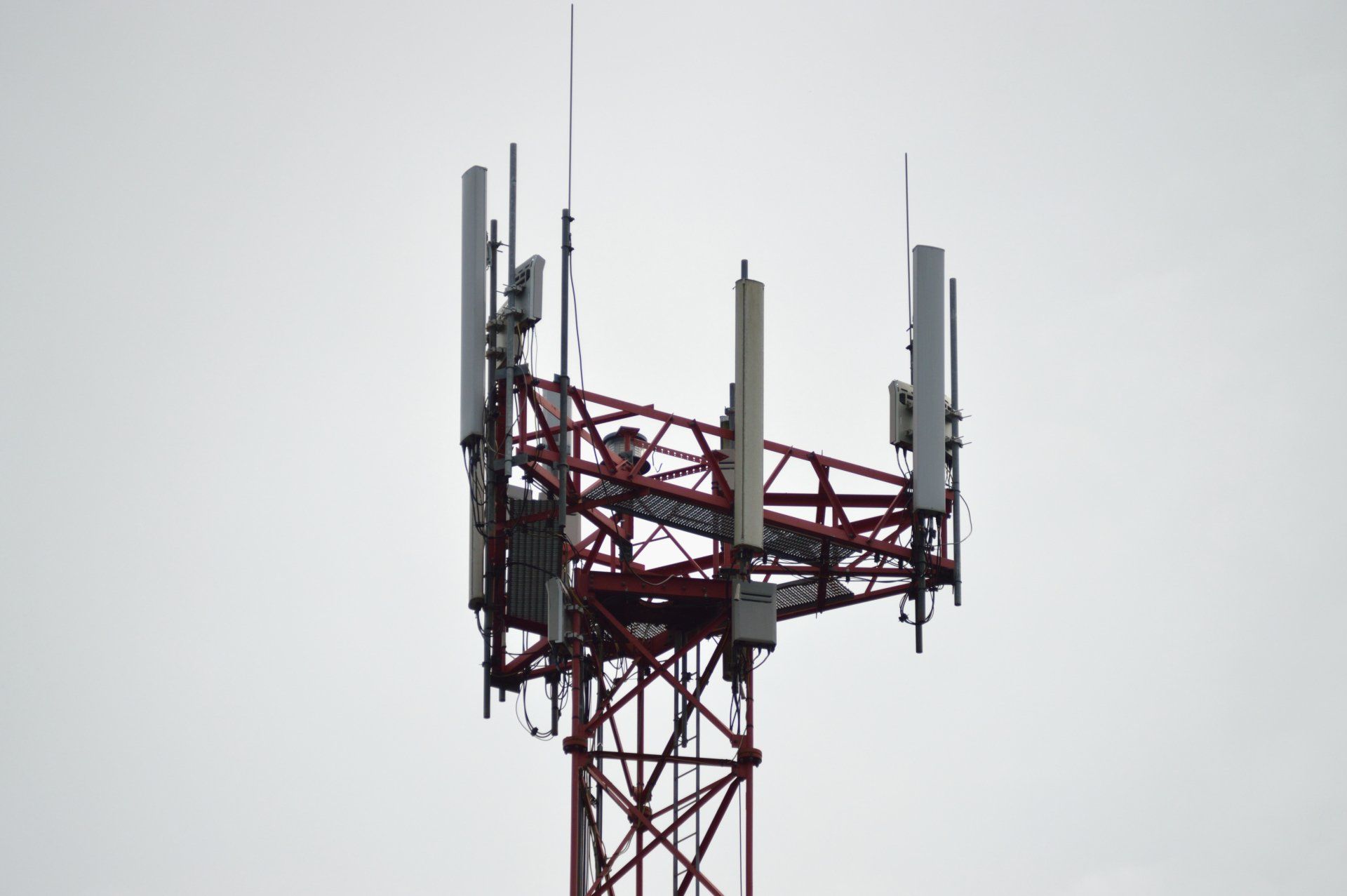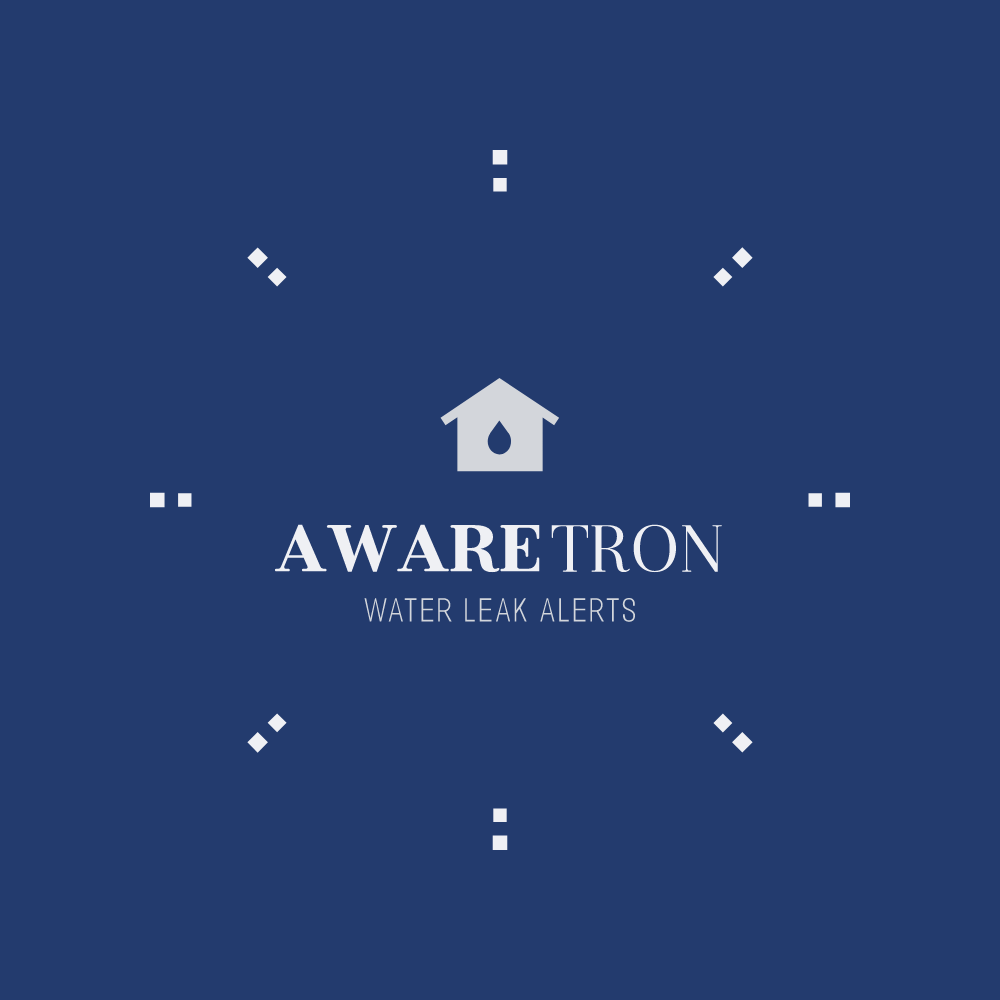Blog

By looka_production_138919825
•
January 25, 2024
Insurance companies may refuse to insure homes that have suffered water damage for several reasons, which are generally related to the perceived risk associated with the property. Here are some key points to consider: 1. Condition of the Property : If a home has experienced significant water damage, it might be seen as a higher risk for future claims. Insurance companies assess risk based on past incidents and the condition of the home. If they believe that the property is more likely to incur water damage again or has not been adequately repaired, they may choose not to offer insurance coverage. 2. History of Claims : Homeowners who have filed multiple claims, especially for the same type of damage, may be viewed as high-risk by insurance companies. This is because the frequency of claims can indicate a higher likelihood of future claims, which is a liability for insurance providers. 3. Type of Water Damage : The source and nature of the water damage can also impact an insurer's decision. Damage from sudden, accidental events like a burst pipe is more likely to be covered, while long-term issues due to lack of maintenance or gradual deterioration may not be. Insurance policies often exclude certain types of water damage, such as damage resulting from unresolved maintenance issues or gradual deterioration. 4. Preventative Measures and Maintenance : Insurers expect homeowners to take reasonable steps to prevent water damage. If a home has a history of water damage and the homeowner has not taken appropriate measures to mitigate future risks, such as fixing leaky roofs or pipes, an insurance company may deem the property too risky to insure. 5. Policy Terms and Conditions : It's important for homeowners to understand their insurance policy's specific terms and conditions. Policies vary, and what is covered under one policy might not be covered under another. Exclusions for certain types of water damage are common in insurance policies. In cases where a claim for water damage is denied, homeowners have the option to challenge the denial, often with the assistance of an attorney. This can be particularly relevant if there's a belief that the insurance company is incorrectly interpreting the policy or acting in bad faith. If you're facing difficulties with insurance coverage due to water damage, it's advisable to carefully review your insurance policy, consider consulting with an insurance expert or attorney, and explore options for repairing and mitigating future water damage to reduce risk. These points are based on general practices and principles in the insurance industry and may vary depending on individual circumstances and specific insurance policies .

By Awaretron
•
September 5, 2023
Water leaks may seem like minor inconveniences, but they can quickly turn into costly disasters if left unattended. From hidden pipe leaks to dripping faucets, recognizing the signs of water leaks early can save you from a significant headache and financial strain. In this article, we'll explore the telltale signs that could indicate you have a water leak in your home. 1. Unexplained Increase in Water Bills One of the first signs of a hidden water leak is a sudden spike in your water bill. If your usage patterns haven't changed, but your bill is steadily rising, it's time to investigate. A continuous, unnoticed leak can waste a significant amount of water and money over time. And the damage that may have occurred unseen may cost in the tens of thousands of dollars to remediate and repair. 2. Damp or Discolored Spots Water tends to leave its mark in the form of damp or discolored spots on walls, ceilings, or floors. Be vigilant for areas that appear wet, moldy, or stained. These spots often indicate water seepage from pipes or fixtures behind the surface. 3. Musty Odors Musty or moldy odors can be a clear indicator of a hidden water leak. Excess moisture from leaks can foster the growth of mold and mildew, which releases a distinctive, unpleasant scent. If you notice such odors in your home, it's time to investigate further. 4. Sounds of Dripping or Running Water Audible signs of water leaks, like the sound of dripping or running water when no taps are open, are immediate red flags. Investigate the source of the sound to determine whether there's an active leak in your home. 5. Decreased Water Pressure A noticeable decrease in water pressure in your faucets or showerheads can signal a hidden leak within your plumbing system. Leaks reduce the flow of water to your fixtures, causing this decrease in pressure. 6. Warped or Bubbling Paint or Wallpaper Water can wreak havoc on your home's interior surfaces. If you notice paint or wallpaper peeling, bubbling, or warping, there might be a water leak lurking beneath. Investigate these areas to prevent further damage. 7. Puddles or Pooling Water Finding unexplained puddles or pooling water in your home is an obvious sign of a leak. Check the area carefully to pinpoint the source and address it promptly. 8. A Mysterious Increase in Pest Activity Excess moisture from water leaks can attract pests like termites and ants. If you suddenly notice an uptick in pest activity in your home, it could be related to a hidden water leak. 9. Cracks in the Foundation Long-term water leaks can weaken your home's foundation, leading to cracks or shifts in your walls and floors. If you notice any structural changes in your home, it's essential to investigate their cause. 10. Stains or Corrosion on Pipes Inspect exposed pipes for signs of corrosion, rust, or mineral deposits, as these can indicate chronic leaks or seepage. Ignoring these signs of water leaks can lead to more extensive damage, mold growth, and increased repair costs. If you suspect a water leak in your home, it's crucial to act promptly. Start by locating the source of the leak, and if necessary, consult a professional plumber or water damage restoration expert to assess and address the issue. In conclusion, recognizing the signs of water leaks is essential to protecting your home and your wallet. A professionally installed water leak alert system combined with quick reaction to any alerts and symtoms can help you catch leaks early, preventing extensive damage and costly repairs down. Don't ignore the drip; it may be signaling a more significant problem beneath the surface.




